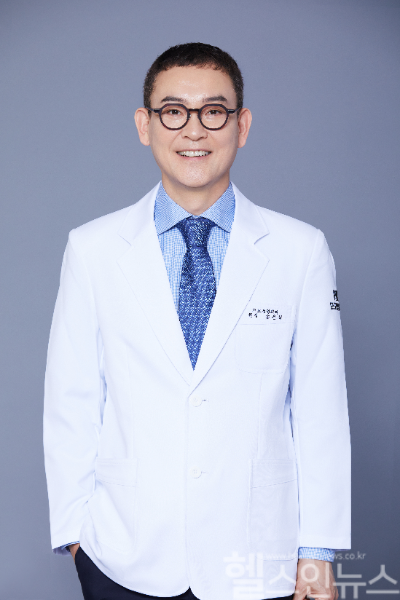Running has surged in popularity since the COVID-19 pandemic shifted preferences away from indoor gyms. What began as an alternative has become a cultural movement, with marathon events oversubscribed and running gear sales flourishing. Running strengthens cardiovascular function, reduces body fat, and supports mental well-being. Yet, many runners overlook a potential drawback: its impact on scalp health and the risk of hair loss.
Running typically occurs outdoors, exposing the scalp to ultraviolet (UV) radiation for 30 minutes to over two hours. The scalp, highly vulnerable to UV damage, can suffer harm to its epidermal layer and skin barrier, leading to inflammation. Repeated exposure may cause follicular atrophy, contributing to hair loss or exacerbating existing thinning. Even nighttime runs in summer pose risks, as excessive sweating, combined with sebum and dirt, can clog pores, inflame the scalp, and impair hair root function.

Hats worn by runners provide partial UV protection but, if poorly ventilated, can trap heat and moisture, fostering bacterial growth. Neglecting to wash hair after workouts or wearing sweat-soaked hats for prolonged periods can further compromise scalp health. Runners should select UV-protective, breathable hats and cleanse their scalp promptly post-exercise to remove sweat, sebum, and debris. For those with short hair, applying a low-irritation sunscreen to the scalp offers additional protection.
A favored option is the two-block non-incisional technique, which conceals donor and recipient sites within a two-block haircut, making the procedure less noticeable. This method leaves minimal scarring and allows a return to daily activities, including light walking or jogging, within one to two weeks.
While running offers significant physical benefits, it can accelerate hair loss if the scalp is repeatedly stressed. Simple practices—thorough scalp cleansing, UV protection, and breathable headwear—can significantly reduce hair loss risks. For those already experiencing hair loss, early consultation with a medical professional is crucial to determine the most effective treatment.
Lim Hye Jung, HEALTH IN NEWS TEAM
press@hinews.co.kr





